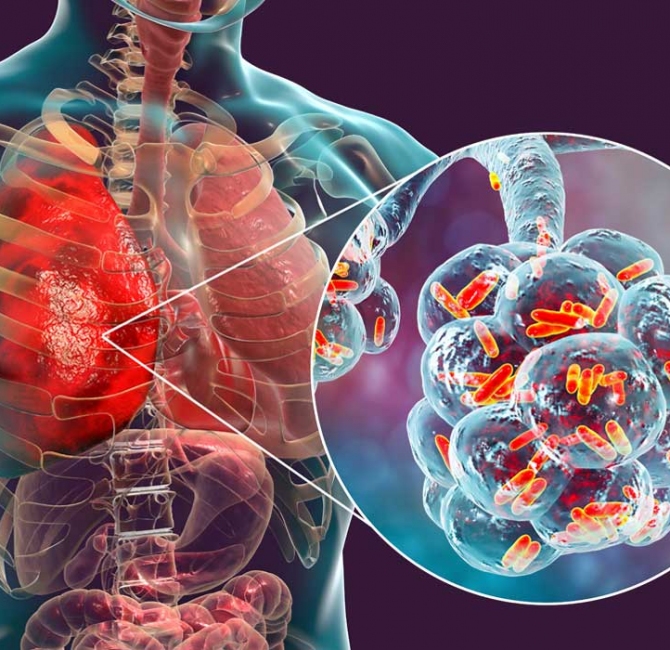The classification of periodontal disease plays a pivotal role in identifying the severity and extent of disease progression, facilitating an effective treatment plan and prognostic assessment. Traditionally, periodontal disease classification has relied heavily on the clinical or radiographic detection of alveolar bone loss. However, clinical identification of bone loss is technique-sensitive, considering periodontal tissue conceals bone loss, and techniques may vary between practitioners.
Artificial intelligence (AI) may aid in periodontal disease diagnosis and treatment planning by reducing subjectivity. This systematic review evaluated the efficacy of AI models in detecting radiographic periodontal bone loss and their accuracy in classifying periodontal diseases.
Six studies with 13,942 radiographs (panoramic and periapical) met the inclusion criteria. Sensitivity, specificity, and pixel accuracy were the outcomes measured. All studies assessed the classification accuracy based on the 2017 classification of periodontal diseases and conditions. Although classification of periodontal disease is a complex process involving various factors beyond radiographic imaging, this systematic review assessed periodontal disease classification based on radiographic imaging.
The reviewed studies showed despite different algorithms used, the AI models produced comparable results for pixel accuracy, specificity, sensitivity, and classification accuracy in detecting periodontal bone loss and classification of periodontal diseases. However, although most studies indicated AI improved the resolution of resultant images, AI did not substantially contribute to periodontal disease classification.
Although the use of AI may offer some benefits in the detection and classification of periodontal diseases, the low level of evidence and the inconsistent performance of AI algorithms suggest exercising caution when considering the use of AI models in diagnosing periodontal bone loss. It is plausible additional high-quality research with the development and refinement of AI models may alter the conclusions drawn.



